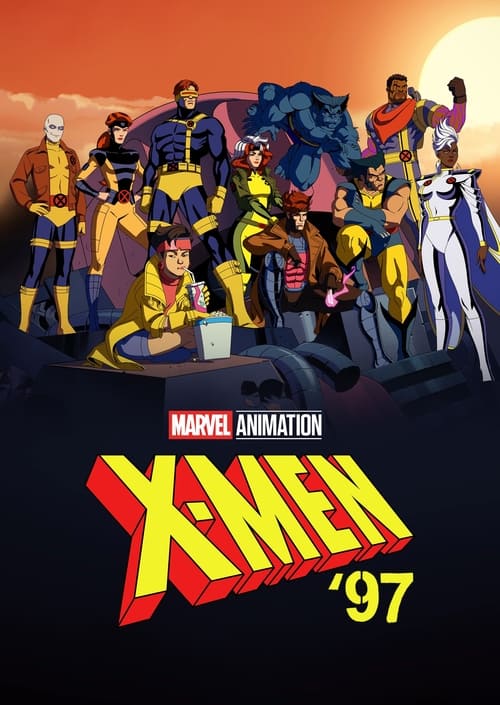
As millions of Australians already know, streaming TV has become one of our main sources of home entertainment, with customer numbers for services like Netflix, Stan, Amazon Prime Video and Foxtel Now reaching levels the free-to-air networks would be rather jealous of. With new shows and movies added almost every day, the ability to binge-watch an entire series and the ease of a no-contract monthly subscription, streaming TV has quickly gone from a “maybe” to a “must-have”.
But of course, streaming needs data – and nice reliable fast data, at that. With the big services now offering 4K streaming if you want it – and high definition almost as a baseline – having a reliable and fast broadband connection can be crucial to enjoying buffer free shows and movies.
However, not all Australians won the lottery with home broadband – ADSL can work okay for HD streaming, but it’s prone to errors and unreliable. And the NBN still hasn’t rolled out to everyone, with some possibly never being able to get it (especially those in older apartment buildings and remote areas).
So what about wireless, then? Technology has come a long way in a short time, and wireless connections can be really fast. 4G brought the possibility of speeds faster than anything the NBN can do – and 5G is just around the corner promising to be even faster! Meanwhile, for many people a home wireless broadband solution is the way to go for data allowance and affordability. So what’s the difference between these no-wires solutions? Do they all shape up in the streaming age?
What’s the Difference Between 4G and 5G?
As mobile phones and the mobile networks they run on have evolved, big advances have been made in terms of what the networks can do. Back when digital mobiles first arrived, the networks only needed to carry voice calls and text messages. These days, they’re used for broadband data as well, and with almost everyone having a mobile phone, the networks have had to evolve to deal with the crowds as well. Each time a major new advance is made, it’s become traditional to assign this new innovation a “G” number – meaning “generation. So in recent years, the most capable mobile network has been 4G – the “4th generation” mobile network. And it’s been great – it supports high quality voice calls, fast data (300 Mbps or potentially even faster) and is easily deployed since its transmitters can use existing mobile towers.
But 4G is struggling to deal with the demands of a wireless world. If you’ve ever been at a big sporting event or music festival and tried to use your phone, you’ll know how hit and miss it can be. And if you were hoping for super-fast broadband speeds in a busy area, you’d be out of luck.
5G has been developed to get around these major hurdles. It offers potentially eye-popping broadband speeds – in the gigabytes per second range, with typical everyday speeds likely to rival the fastest NBN connection. It supports many, many more users on the one tower at the same time, and gives them faster, outage-free service.
The downside of 5G is that because it uses a higher frequency range, its reach is far shorter than 4G. That means coverage inside buildings will be more difficult and there’ll need to be many times more mobile towers built to provide good coverage as people move around. And on top of that, you’ll need a 5G-capable device, of which there are only a few right now. Samsung has a 5G version of the Galaxy S10 on the way, and LG has a new 5G phone in the works – but Apple won’t be doing a 5G-ready iPhone until next year.
4G – Fast, If You Can Afford It!
 Featured
FeaturedAs we said above, 4G can deliver blisteringly fast broadband speeds – at a price. And not everyone wants to pay the big bucks for a 4G connection just to stream Netflix with. Luckily, there are affordable options – and probably the best example of this technology at work for a low price is the 4G wireless broadband service offered by Exetel, whose two plans both sit at $39.99 per month for a gigantic 250GB of data (with a 12-month contract, you get the required modem free; otherwise it’ll cost a one-off $99). That’s great if you want a worry-free all-purpose wireless connection, but for streaming there’s a potential problem – this, like most wireless broadband services, is limited to 12 Mbps downloads. It’ll be enough for high definition Netflix, but only one stream at a time.
If you’re looking for raw speed from your home wireless, then you’ll need to be prepared to pay a bit more. Telstra’s 4GX network is blazingly fast, and their home wireless broadband service offers speeds of up to 300 Mbps depending on the modem. With that, you’ll be able to easily handle multiple 4K streams at once – but you’ll chew through the data fast, and the most data you can get is 100GB (which is a hefty $89 per month). It may suit you better depending on your streaming habits, but for those who just want to catch their favourite shows every night, Exetel’s offerings are hard to beat.
5G – Not Yet, Grasshopper, But Soon!
Obviously, the raw potential offered by 5G when it comes to streaming is incredible – speed will no longer be an issue and, at least in theory, neither should congestion. But coverage may be a problem, depending on where you live. Mobile broadband modems live indoors most of the time, so it’s going to take a while before the 5G networks roll out to a large enough extent to support home 5G connectivity reliably (CBD areas of capital cities are likely to be the first to benefit).
Then you’ll need a 5G modem, and there’s nothing ready to go just yet – though they’re coming, and we’d expect to see Telstra being one of the first to offer them, as they’ve prioritised speed for their mobile broadband offerings for some time now.
When 5G fully arrives, the biggest barrier for streaming is going to be that pesky data limit. Luckily, mobile data limits have been on the rise quite quickly in recent months – and with 5G able to chew through data faster than ever before, we expect to see those limits continue to rise.
Home Wireless – Easy, Reliable, but Often Slow
If you’ve got no other way to access broadband internet, the various dedicated home wireless broadband solutions that are on offer can be a great way to get connected without hassle – and without spending very much money. Depending on where you live, you may have access to the NBN’s Fixed Wireless service – it’s mostly used in areas where coverage with cables is difficult. Fixed Wireless is not without its problems, especially peak-hour congestion – but the NBN is working on solving these, and for many it’ll be the only viable option. Fixed Wireless speeds can reach 25 Mbps, plenty for 4K streaming as long as you have a good strong signal.
Another option for home wireless is a service like Lightning Broadband, which does wireless differently, Delivering the wireless signal to a special antenna installed on the roof of your building, Lightning Broadband by-passes the mobile network entirely, allowing them to offer unlimited data on all their plans, which range in speed from 25 Mbps to 100 Mbps, and in price from $100 to $250 per month plus (fairly hefty) installation costs. It’s not for everyone, but if you’re looking for a fast solution that doesn’t limit your streaming data, it may be perfect for you.
Which One Wins?
Ultimately, if it’s a contest between 4G and 5G, then 4G wins right now, but 5G’s got its eye on the prize and will, in time, take over as the best solution for almost all wireless broadband. Until then, though, it’s hard to beat the 4G options available for flexibility and value.
Australia’s three 4G networks are up there with the best in the world, and you’re unlikely to have a truly bad experience unless you’re in an area where coverage simply doesn’t reach – in which case, there are alternatives. The good news is that if you want to get your nightly streaming fix without wires, you can do it right now – easily, affordably and almost always in high definition!























